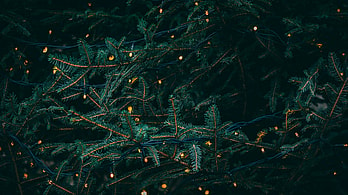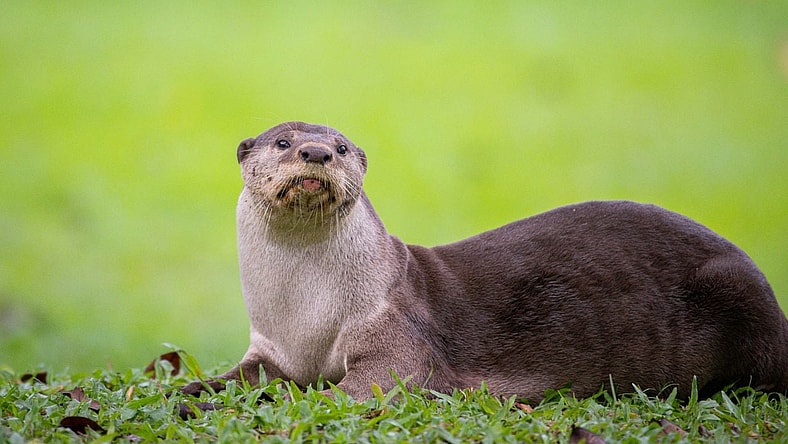
Otters are adorable creatures that are loved by many. The semi-aquatic mammals are found across Europe, Asia, and North America. They’re known for being sleek mammals with long, slender bodies and webbed feet, making them adept in swimming and diving. But there are some weird facts about otters that you might not know about.
While they’re adorable to look at with curious, yet cutesy traits, these creatures have unique quirks that make them that much more interesting. Here are just a few weird facts about otters.
6. They’re Experts at Holding Their Breath
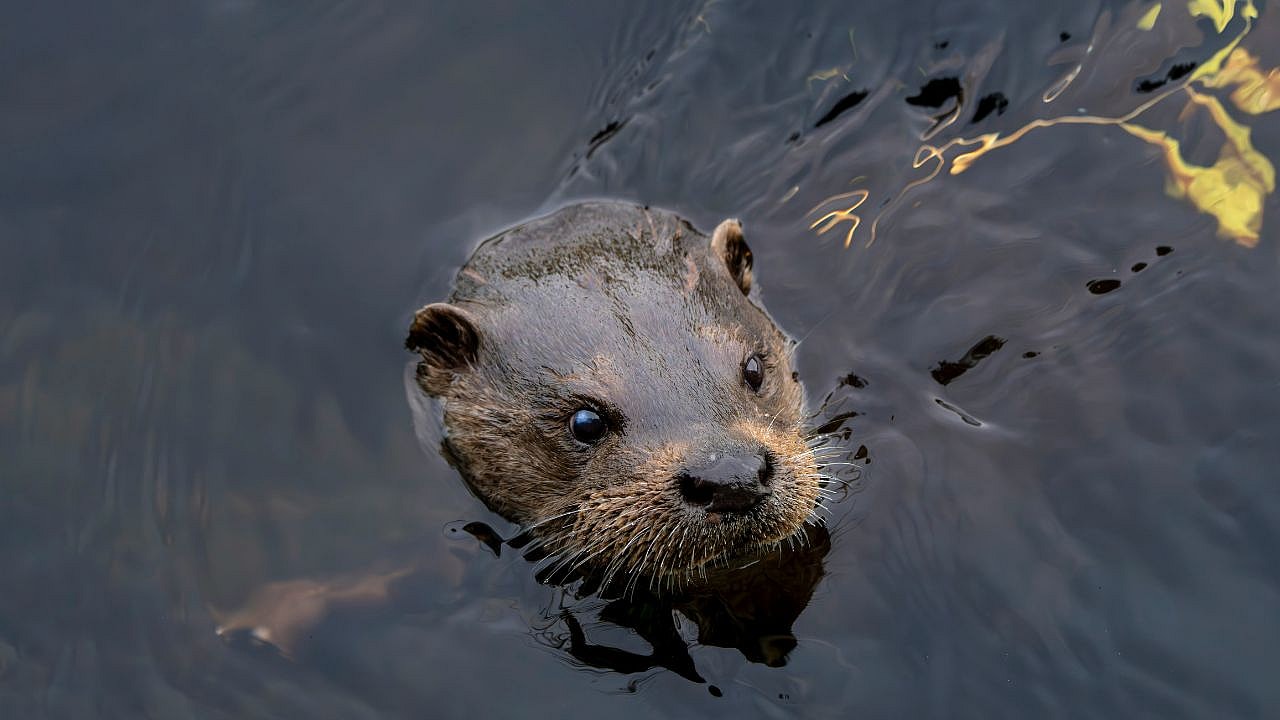
It might be a bit obvious that otters are great at holding their breath, but you might be surprised just how good these otters are. One of the best weird facts about otters is their lung capacity, which is 2.5 times greater than that of a similar-sized land mammal.
Sea otters are known to stay submerged for more than five minutes at a time. River otters can even hold their breath for up to eight minutes! This is a crucial trait that they need to learn as the longer they’re underwater, the more it improves their sense of prey and forage for food.
Related: This is the Biggest Whale in the World
5. Otters Have the Thickest Fur
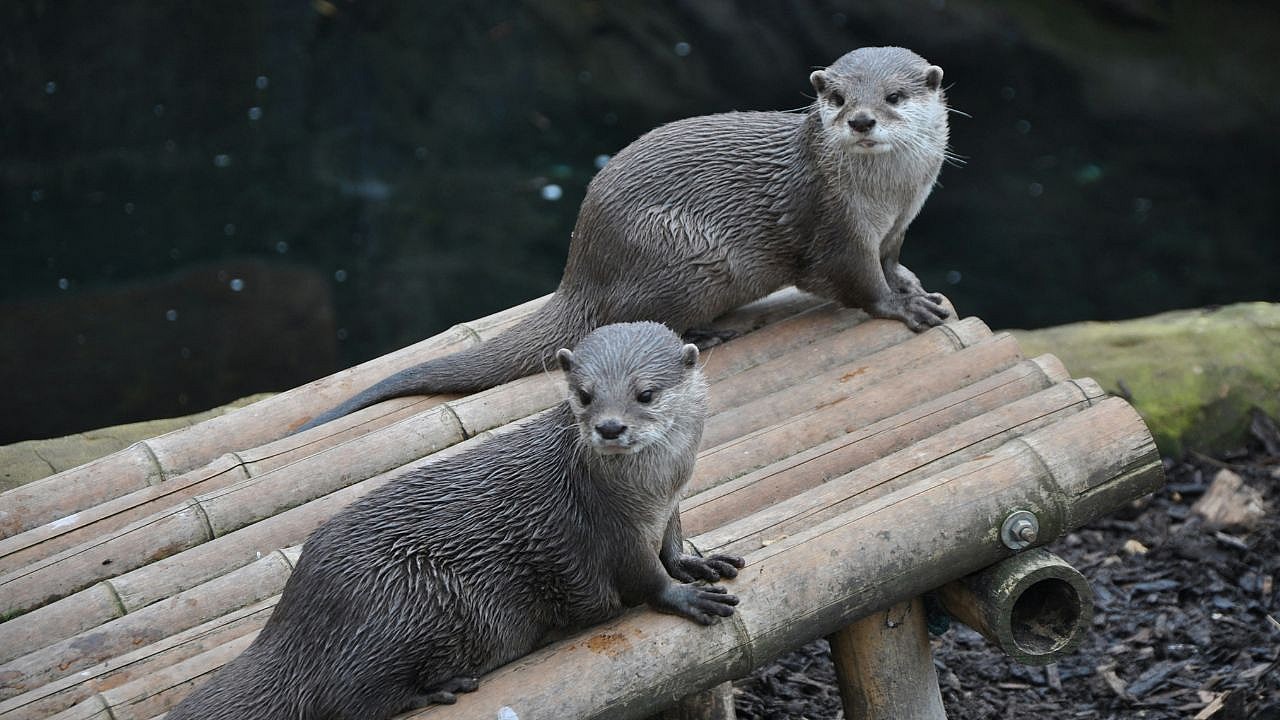
There are so many reasons why otters are beloved. Not only are they small with adorable faces, but they’re furry and fluffy. Interestingly enough, sea otters have some of the densest fur of all otters, as well as the densest fur of all animals.
Otters typically have 2.6 million hairs per square inch, which is about a thousand times more dense than human hair. Their coat needs to be thick because otters are the only marine mammals without a blubber layer that helps them stay insulated and warm. They rely on all that fur to trap in a layer of air near their skin. However, the air that is trapped sometimes makes them highly buoyant, causing them to grab onto rocks or stay submerged when swimming or diving.
Also Read: Weird Facts About Great White Sharks
4. Essential Keystone Species
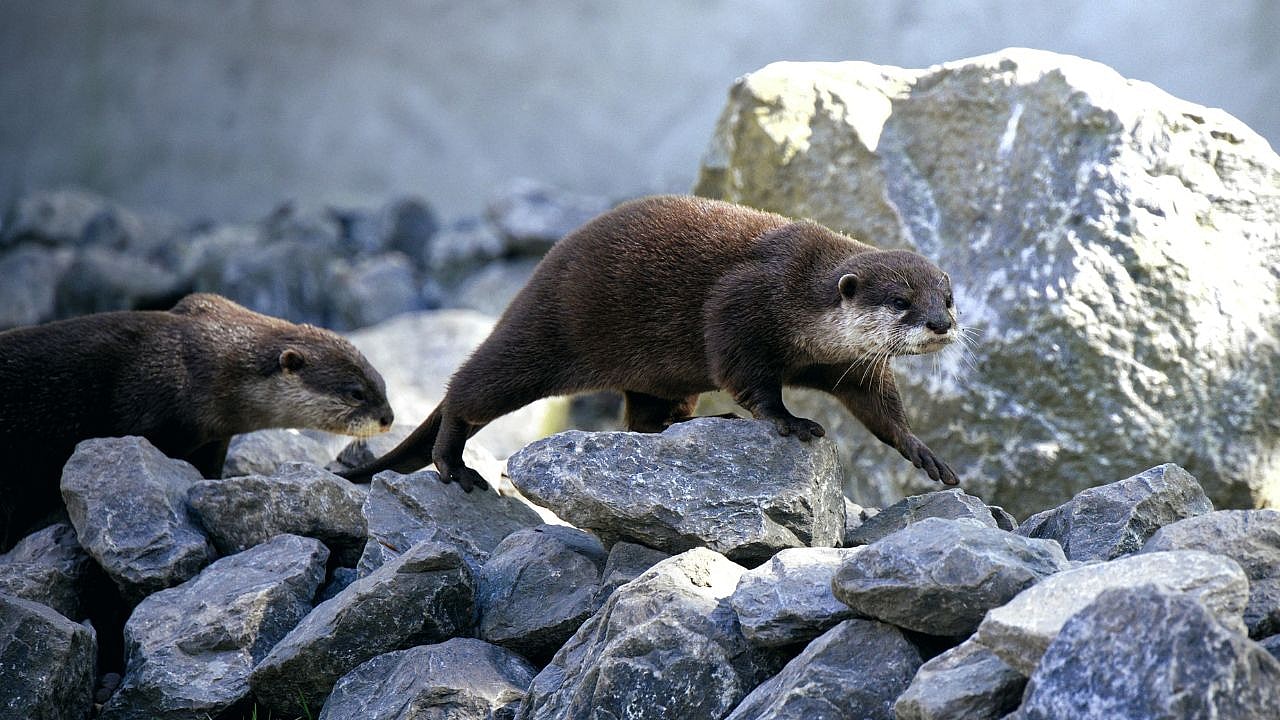
Otters are not only adorable, but they’re also very important. One of the weird facts about otters is that they are a “keystone species”, which is a species that is critical to how an ecosystem functions because of their large-scale effects on the communities in which it lives.
Specifically, sea otters play a huge role in controlling the sea urchin population. Fewer sea urchines in turn help prevent kelp forests from being overgrazed. In California, research found that sea otters also enhance seagrass beds, and in Alaska Glacier Bay National Park, sea otters’ expansion into the area marked a gradual return of a more diverse ecosystem.
Read Next: Weird Facts About Dolphins
3. They Hold Hands While Sleeping
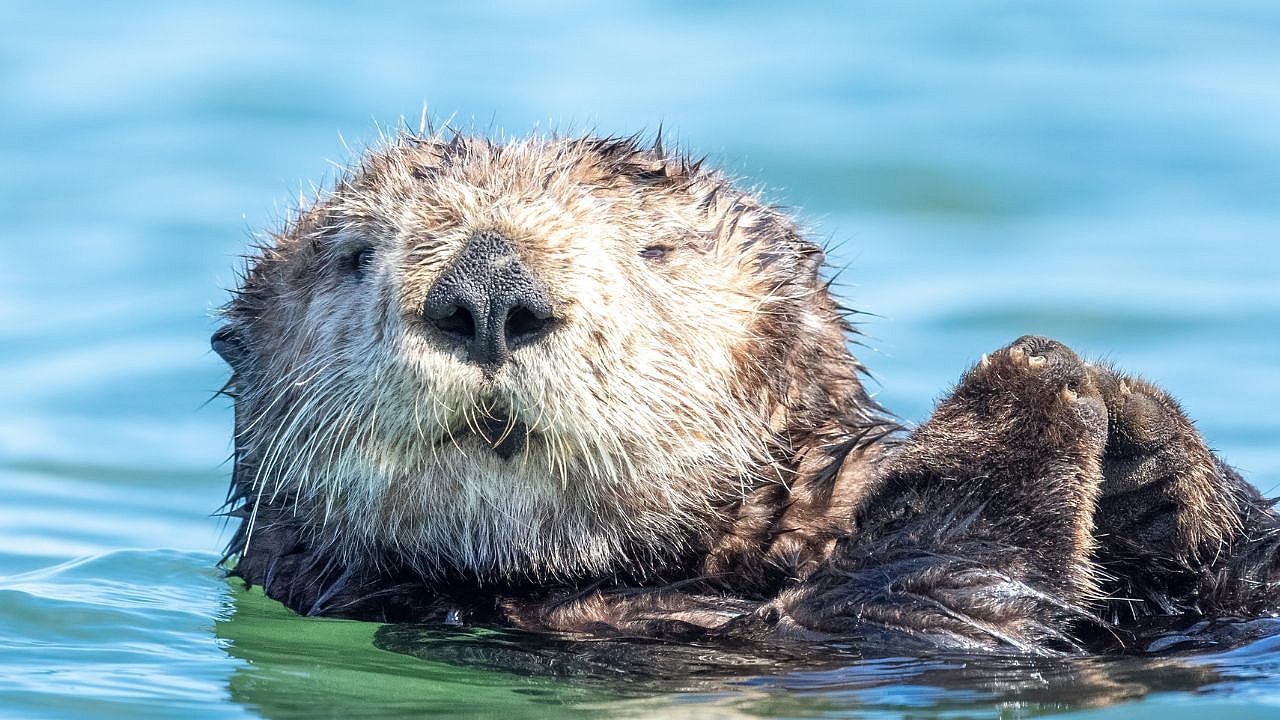
One of the reasons that otters gained such a popular following is from this interesting fact. Sea otters, especially mothers and pups, will hold hands while floating on their backs. This keeps the otters from drifting away from each other and their food source while they sleep.
They also sleep wrapped in long strands of kelp like a blanket. The kelp acts like an anchor and prevents them from floating out into the open sea. When a pup is small, the mother will hold the otter on her belly as well to keep them from floating away. Otters are truly the most precious animal in the water.
Check Out: Weird Facts About Dogs
2. They’re Hungry Creatures

Even though they’re tiny creatures, they can chow down. One of the many weird facts about otters is that they eat about 20-33% of their body weight each day. They spend about five hours each day just foraging for food.
They tuck prey into pockets of loose skin under their arms and use rocks as tools to open shellfish. Otters have big appetites is one of the reasons they’re a keystone species, as they protect kelp forests by eating sea urchins. Without sea otters, the urchin population would boom and destroy kelps’ habitat.
Read More: Fun Facts About Foxes
1. Most Importantly: Otters Are in Trouble
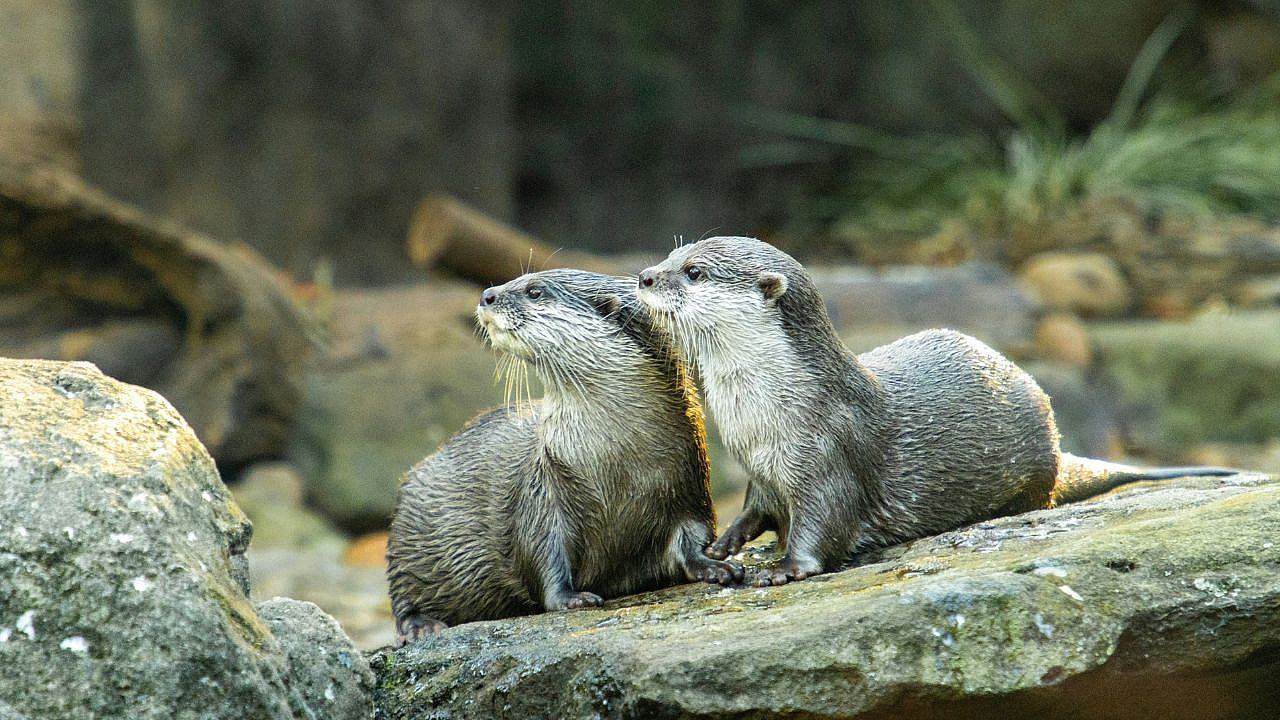
Last but not least, an important reminder. While it’s not a weird fact, it’s an important one. Otters are in trouble. Out of the 13 species of otters, five of them are listed as endangered and seven are vulnerable by IUCN, or the International Union for Conservation of Nature.
Only the North American river otter is a species of least concern. Numerous threats exist to the otter, but the primary threats are pollution, habitat destruction, overfishing, and poaching. They’re often harmed by the entanglement with ghost nets and other rogue fishing gear.
A cat parasite called toxoplasmosis is another possible threat to otters, which is found in cat feces and enters waterways through runoff and flushable cat litter. It’s important to do our part in protecting these adorable, important critters as much as possible.

